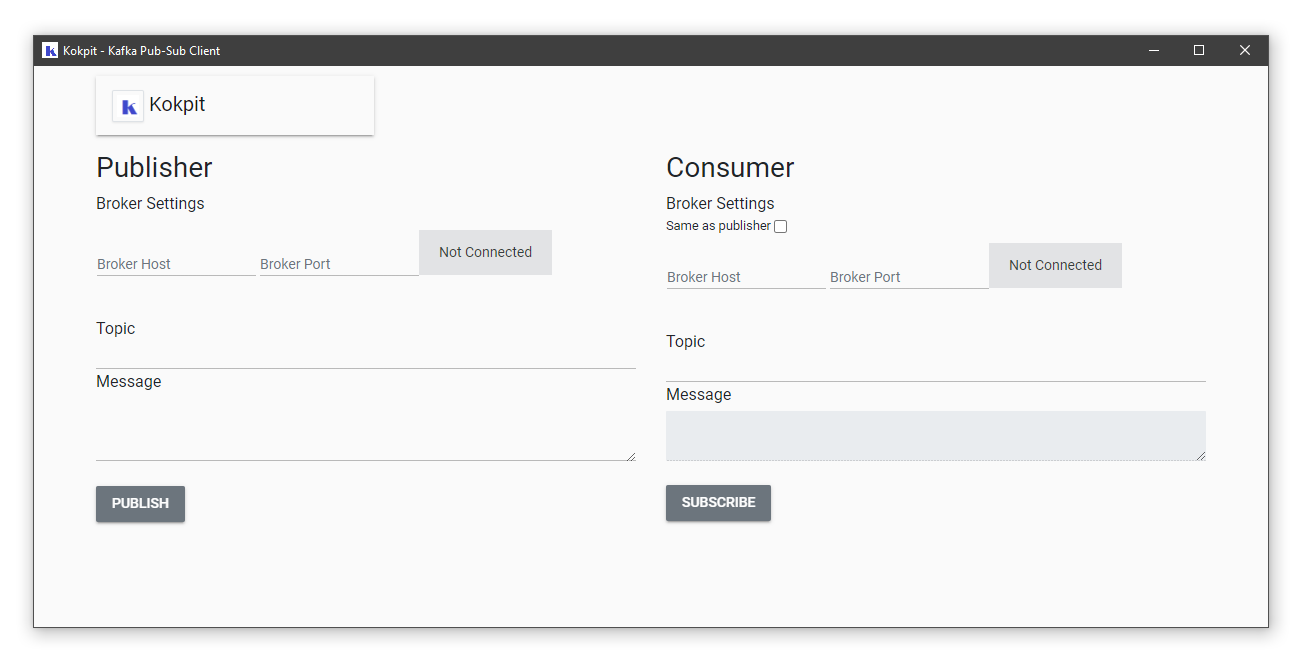With the emergence of APIs, a simplified approach to building integrations emerged. Business users found platforms offering them a user interface that did not need them to know about protocols, adapters or other technical aspects to build integrations. The platforms that offer these capabilities are commonly known as No-code platforms and the concept is not just limited to integration but available for application development too. The business users who build such integrations are called as Citizen Integrators and the concept of opening up development is known as Democratization of Development. The platforms apply standard integration patterns to the integrations built by Citizen Integrators to ensure that there are no proliferation of interfaces or "Spaghetti architectures" springing up.
While APIs have solidified themselves as the building block for enterprise architectures, voice based assistants have gained acceptance in the consumer space, especially with mobile and smart devices. It is now common to ask questions and get answers from the assistants, be it, the temperature, traffic, news, entertainment or virtually anything that their underlying platforms support. So, how would it be if Citizen Integrators use voice assistants to build integrations? This would make it even simpler to design integrations. There would be no need to even drag and drop or click or poke around. The No-code platform could add the voice capabilities and support various voice assistants. The Citizen Integrator would ask or dictate to the voice assistant on what data is required and the assistant would get it instantly or by asking a few additional questions. Let us look at an example where a Citizen Integrator (CI) converses with a voice assistant (VA)


